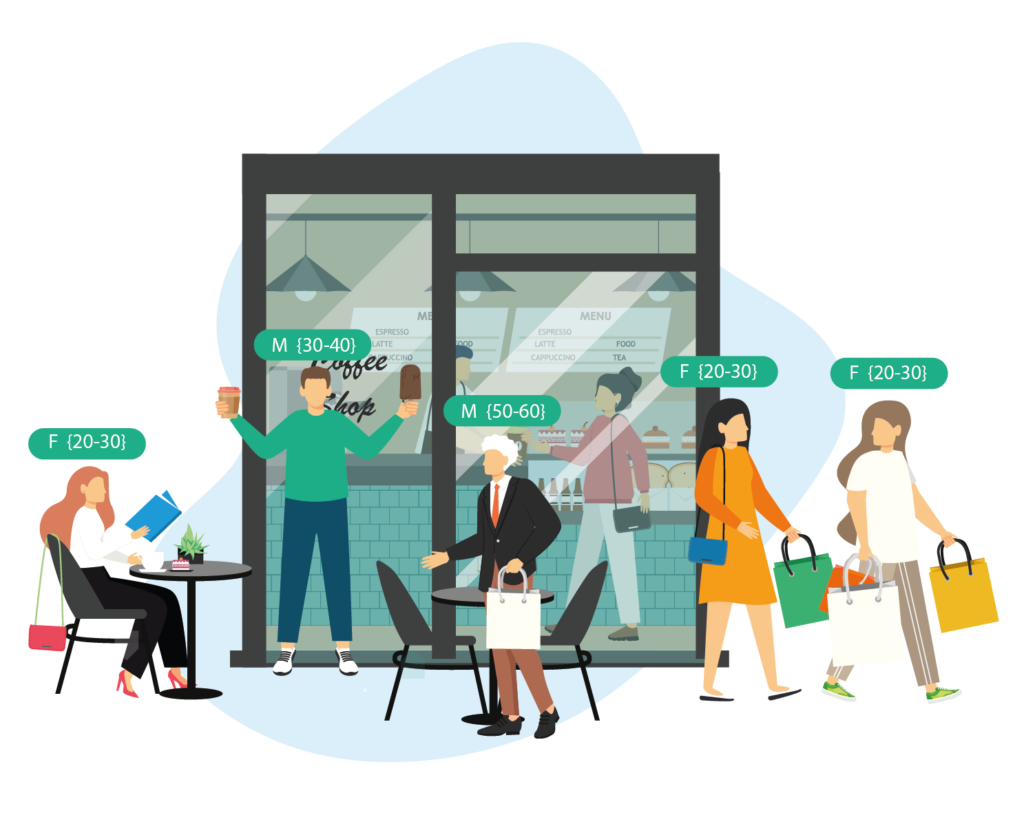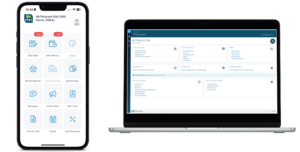The importance of place in a multi channel retail world
The importance of “place” has never as important in retail as it is now. While “place” may seem to be a nebulous term, it is – and always has been – the key to driving customers into bricks and mortar stores. For why else – when consumers now have the retail world at their fingertips via the internet – would they venture out to real stores, which of course are in real places?
The key is the attractiveness of place, and the degree to which place – the locations in which bricks and mortar stores are located – is sufficiently compelling to drive consumers to them. And if place is important to consumers, it must be critical for retailers.
Long talked about in terms of not delivering the requisite quality of customer experience, how can places be changed to ensure that consumers are able to benefit from “a best in class” shopping experience? Well the first key stage is fully understanding what “place” is and how places are used. Whilst in itself a very short word, “place” in fact encapsulates hugely complex and diverse trading environments – inevitably the usage of place varies, and so an understanding of this variance is critical to maximise their offer and therefore their trading potential.
The longstanding definition of place has centred fully on supply – the offer in each place – with a presumption that it is supply that drives activity; working under the old adage of “build it and they will come”. But this presumption is based on an historic retail landscape before the emergence of the internet, when the only choice for retailers to gain market share was to add more stores, and for consumers the only choice to shop was to visit stores.
Clearly we are now in a wholly different landscape, with the majority of places having passed through their growth phase into their mature or even post maturity phase, with only very limited change now taking place to their built environments. For many places it’s more a case of finessing rather than creating, as it would have been a decade or so ago. With the internet already accounting for 17% of total retail spend and being forecast to rise to 30% by 2028 (Source: CRR), how do retailers maximise store trading potential within a spending landscape that has fundamentally changed from a decade ago, and which continues to evolve? We come back to understanding “place”, but this time around it must be from the perspective of customer usage. If retailers can understand usage, then strategies and tactics can be employed that harness and exploit the opportunities that now exist in our multi-channel retail world.
With this in mind, MRI Software led a two year £1 million project funded by Innovate which formed part of their “Improving the Customer Experience” work stream. Working with Manchester Metropolitan and Cardiff Universities, MRI OnLocation‘s unparalleled database of footfall derived from over 4000 counters located across 200 high streets was interrogated to understand – for the first time – how town centres are actually used. And the results were enlightening.
Firstly the retail hierarchy – so long used as a reference point by retailers and policy makers – has fundamentally changed and, based on customer usage, there are simply three levels where previously (based on supply) there were six or even seven. Secondly, based on usage there are four clear types of town centre or town centre “signatures”.
Indeed, the most surprising outcome was that only 25% of all town centres are what we would regard as conventional retail centres, with a “Comparison” signature, which have a focus on retail and comprise a strong retail anchor with a peak in footfall at Christmas. The other three town centre signatures have additional, complementary elements that mean that retail forms part – but not all – of their offer, resulting in a very different pattern of usage.
Around 50% of all towns have a “multi-functional” signature which, while often having a wide retail offer, are visited for a range of purposes other than retail which include work and leisure. Footfall in these towns is relatively stable throughout the year, with a much smaller uplift at Christmas than Comparison towns. Speciality towns account for a further 24% of all footfall, and while often having a strong retail offer, their heritage or character delivers a uniqueness of place which means that footfall peaks in the summer months with a further, but much smaller, uptick at Christmas. The fourth signature type is Holiday towns, where footfall peaks sharply in August and Christmas does not feature. Indeed, by focusing on delivering experiences to tourists, holiday towns may actually serve their local catchments quite poorly.
The key for retailers is to recognise, understand and appreciate these differences in “place”. By relating the trading performance of individual stores to the relevant town signature, it is possible to better understand and explain current trading performance, and then carry this forward to either plan and deliver a proposition appropriate for the towns in which stores or located or even to reconfigure the store network to future proof overall brand performance.
Boost performance with actionable insights based on AI-driven footfall analyticsFootfall Analytics

MRI OnLocation UK Monthly Commentary – March 2024
Retail footfall shows signs of stabilising as early Easter break provides a modest rise from February Each month MRI OnLocation delivers insights on retail performance for UK retail destinations. March saw a modest rise in retail footfall across the …

